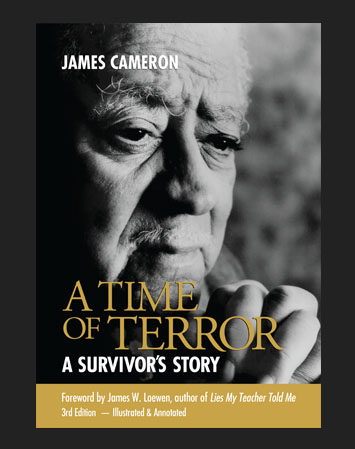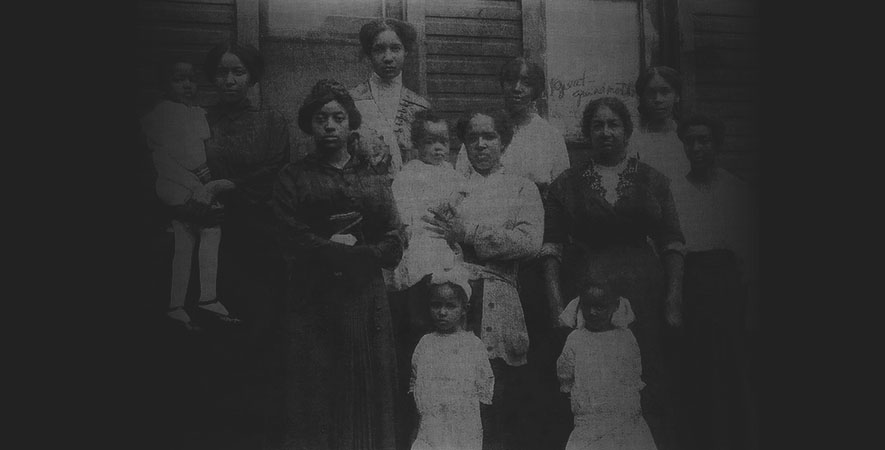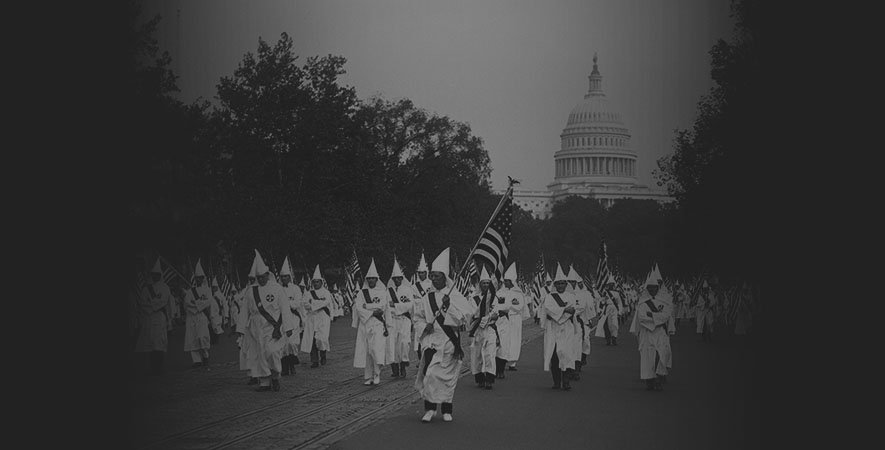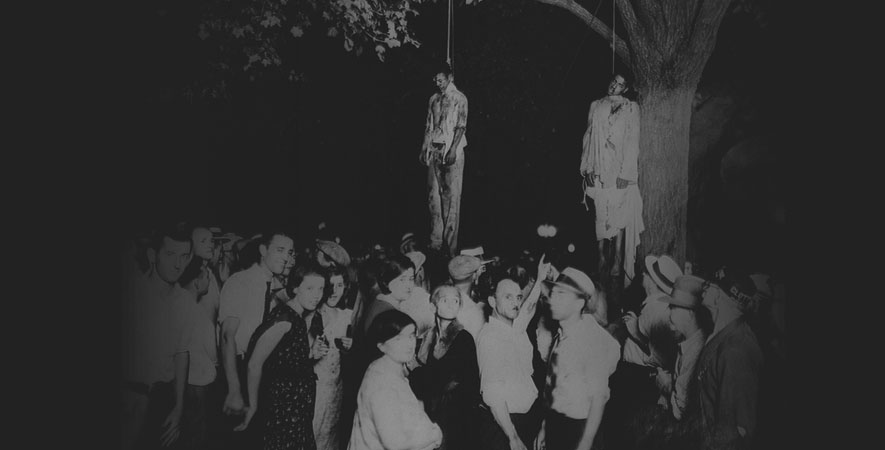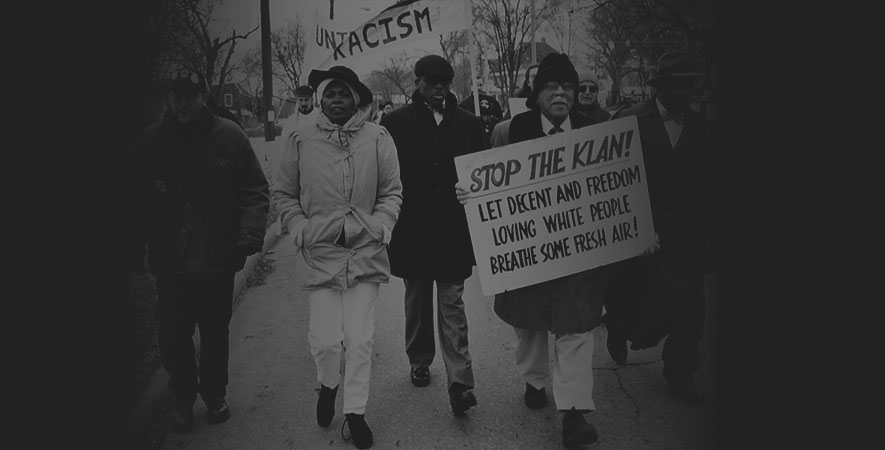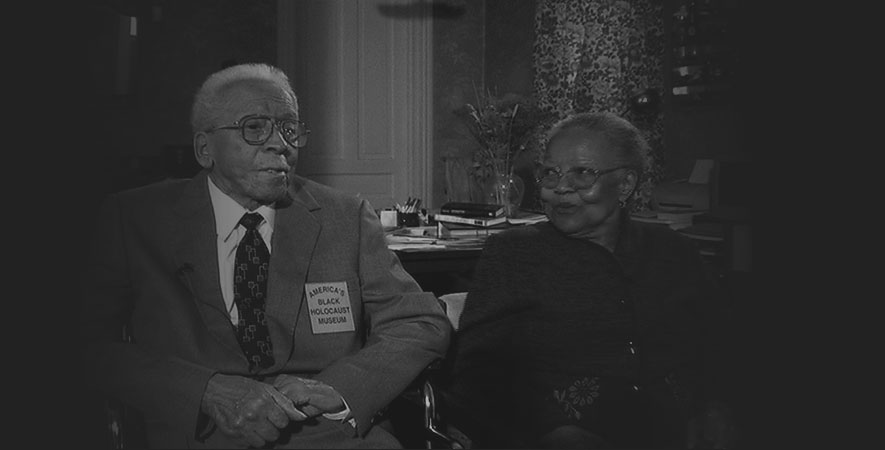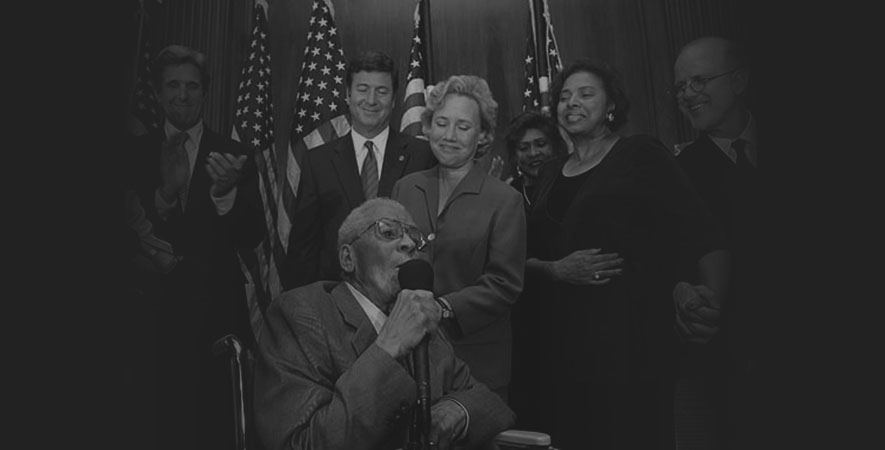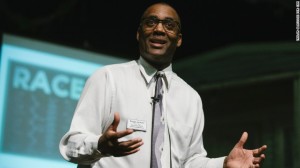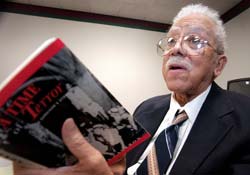About
BREAKING NEWS! A Time of Terror has won the 2016 IPPY (Independent Publishers) Silver Award winner for Best Non-Fiction in the Great Lakes Region.
ABOUT THE BOOK
Many survivors don’t share their stories, because they do not wish to relive the trauma. Not James Cameron. He wanted Americans to know just what had happened to him, to his two murdered friends, to his town and his country. He believed there were important lessons to be learned, that the truth would set us free.
Jimmie Cameron began writing this story as a teenager in the early 1930s. He was confined to a maximum-security adult prison after surviving the spectacle lynching that killed two other teens. He originally called the book From the Inside Out.
Paroled in 1935 at age 21, James set out to build a life as a husband, father, entrepreneur, and NAACP organizer. He settled his family just thirty miles from the courthouse where he barely escaped being hanged. There he returned to conduct research, interview eyewitnesses, and revise his manuscript. He never relinquished the dream of making his story available to the American public.
For more than forty-five years, Cameron offered the story to publishers–to no avail. Finally, in 1982, he mortgaged his home and published it himself under the title A Time of Terror: The true story by the third victim of this lynching in the North who missed his appointment with death. By that time he was retired and had begun to travel to colleges and universities to speak. He sold out his 5000-copy run at these speaking engagements, out of the trunk of his car, and, eventually, in the museum he founded in 1988.
Finally, in 1994, Cameron’s dream was realized when Black Classic Press published A Time of Terror: A Survivor’s Story. The press’ publicist described media interest in the book as a “feeding frenzy.” Five of its 15,000 copies sold in the first week; another 7000 sold in the first year. Documentary crews from the US and Europe produced films featuring Cameron and his story. He gave interviews on major television and radio programs and in national magazines. This 2nd edition of his book would go out of print in 2003. Dr. Cameron passed away in 2006.
Four years later, Virgil Cameron, executor of his father’s estate, and educator Dr. Fran Kaplan, a family friend, began exploring bringing out a third edition. They believed the story still had important messages to convey in these times. Historian Dr. Rob Smith concurred and joined the project. There was interest from the academic and historical society press in scholarly editions, but the team was committed to making the book accessible to the general public as well.
At the same time, a group of community activists formed the nonprofit Dr. James Cameron Legacy Foundation. Its mission is to carry on the vision and work of the civil rights pioneer, historian, and museum founder. Part of that work became the republication of Dr. Cameron’s memoir.
The Foundation, headquartered in Milwaukee, Wisconsin, USA, now carries on Dr. Cameron’s legacy through a series of projects:
America’s Black Holocaust Museum: an online museum that educates the public about the persistent harmful legacies of the slave trade, enslavement, and Jim Crow in the US–and how we can heal as a nation. ABHM currently displays over 2800 exhibits–text, still and video images, and original documents–to visitors from more than 200 countries.
Griot to Go: a speakers bureau that provides public programming–talks, workshops, and facilitated dialogues–on topics of African American history and contemporary issues to organizations around the country.
LifeWrites Press: an independent small press that publishes print and electronic works by Dr. Cameron and other authors whose writing is aligned with the Foundation’s mission and programming. The press and its authors have also provided print and electronic writing to other publishers in the US and Europe.
BREAKING NEWS! A Time of Terror has won the 2016 IPPY (Independent Publishers) Silver Award winner for Best Non-Fiction in the Great Lakes Region.
ABOUT THE BOOK
Many survivors don’t share their stories, because they do not wish to relive the trauma. Not James Cameron. He wanted Americans to know just what had happened to him, to his two murdered friends, to his town and his country. He believed there were important lessons to be learned, that the truth would set us free.
Jimmie Cameron began writing this story as a teenager in the early 1930s. He was confined to a maximum-security adult prison after surviving the spectacle lynching that killed two other teens. He originally called the book From the Inside Out.
Paroled in 1935 at age 21, James set out to build a life as a husband, father, entrepreneur, and NAACP organizer. He settled his family just thirty miles from the courthouse where he barely escaped being hanged. There he returned to conduct research, interview eyewitnesses, and revise his manuscript. He never relinquished the dream of making his story available to the American public.
For more than forty-five years, Cameron offered the story to publishers–to no avail. Finally, in 1982, he mortgaged his home and published it himself under the title A Time of Terror: The true story by the third victim of this lynching in the North who missed his appointment with death. By that time he was retired and had begun to travel to colleges and universities to speak. He sold out his 5000-copy run at these speaking engagements, out of the trunk of his car, and, eventually, in the museum he founded in 1988.
Finally, in 1994, Cameron’s dream was realized when Black Classic Press published A Time of Terror: A Survivor’s Story. The press’ publicist described media interest in the book as a “feeding frenzy.” Five of its 15,000 copies sold in the first week; another 7000 sold in the first year. Documentary crews from the US and Europe produced films featuring Cameron and his story. He gave interviews on major television and radio programs and in national magazines. This 2nd edition of his book would go out of print in 2003. Dr. Cameron passed away in 2006.
Four years later, Virgil Cameron, executor of his father’s estate, and educator Dr. Fran Kaplan, a family friend, began exploring bringing out a third edition. They believed the story still had important messages to convey in these times. Historian Dr. Rob Smith concurred and joined the project. There was interest from the academic and historical society press in scholarly editions, but the team was committed to making the book accessible to the general public as well.
At the same time, a group of community activists formed the nonprofit Dr. James Cameron Legacy Foundation. Its mission is to carry on the vision and work of the civil rights pioneer, historian, and museum founder. Part of that work became the republication of Dr. Cameron’s memoir.
The Foundation, headquartered in Milwaukee, Wisconsin, USA, now carries on Dr. Cameron’s legacy through a series of projects:
America’s Black Holocaust Museum: an online museum that educates the public about the persistent harmful legacies of the slave trade, enslavement, and Jim Crow in the US–and how we can heal as a nation. ABHM currently displays over 2800 exhibits–text, still and video images, and original documents–to visitors from more than 200 countries.
Griot to Go: a speakers bureau that provides public programming–talks, workshops, and facilitated dialogues–on topics of African American history and contemporary issues to organizations around the country.
LifeWrites Press: an independent small press that publishes print and electronic works by Dr. Cameron and other authors whose writing is aligned with the Foundation’s mission and programming. The press and its authors have also provided print and electronic writing to other publishers in the US and Europe.

